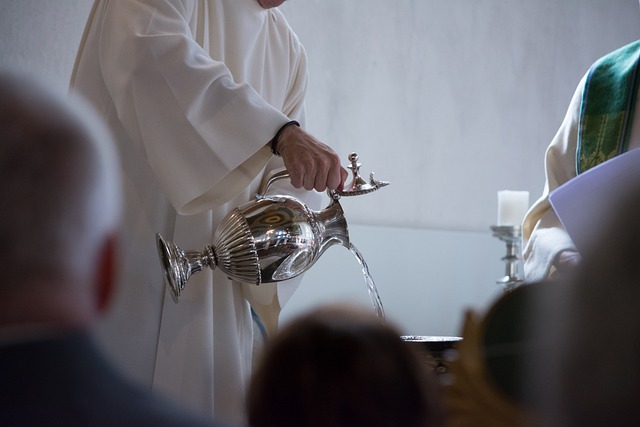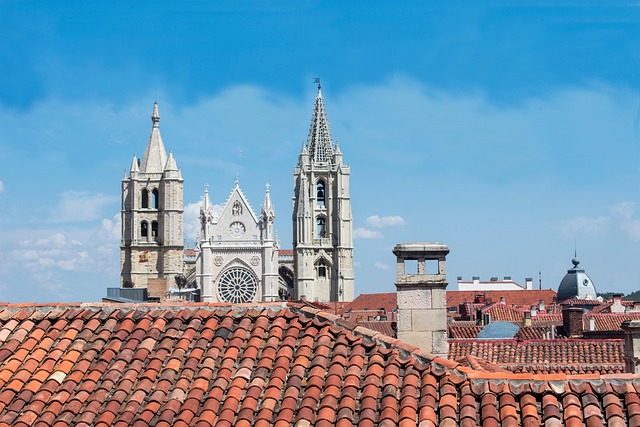Embracing the Sacred Through the Lens of Ritual
Across time and tradition, the human spirit has sought ways to bridge the material and the divine. One of the most enduring expressions of this yearning lies in religious rituals—structured acts imbued with symbolic meaning. Among these, the concept of cleansing and preparation holds a revered place, especially when linked to sacred images and artifacts. Just as we cleanse our bodies and spirits before an offering or prayer, the act of tending to holy icons carries a deep spiritual significance. This sacred process could be likened to an image cleaner for the soul.
The Symbol of the Image
In religions from Christianity to Hinduism, image-bearing objects such as statues, paintings, and sacred symbols are more than representations—they are conduits. They channel focus, intention, and reverence. Maintaining these objects isn’t just a physical obligation, but a manifestation of inner devotion. When a devotee carefully wipes the dust from a statue of the Virgin Mary or anointing an icon of Krishna, they may be engaging in more than cleaning. It’s a spiritual act of alignment, a form of preparation akin to purifying one’s heart before a sacrament.
The Cleaner as a Ritualist
There is something deeply meditative about the meticulous act of care for religious imagery. In many traditions, these tasks are reserved for priests, monks, or dedicated caretakers, whose lives are entwined with spiritual discipline. But in others, any devotee may assume this custodial role. The image cleaner becomes more than a physical actor—they embody reverence. Every stroke of the cloth, every whispered prayer while cleansing, becomes a testament of faith. It’s a surrender of time and attention, an emptying of the ego, to serve something beyond oneself.
Purification as a Universal Language
Purification rituals aren’t unique to any one faith; they are a universal language of worship. In Shinto shrines in Japan, priests purify sacred spaces and objects using salt and ritual movements. In Eastern Orthodox Christianity, the periodic cleaning of icons is performed using precise traditional methods, often involving prayer and fasting. In many African spiritual traditions, sacred objects are carefully bathed in herbs and oils. The act of being an image cleaner in any spiritual context carries a profound message: the divine deserves our attention, and by caring for the representation, we honor the reality it reflects.
An Inner Mirror
Perhaps the most powerful truth behind these rituals is what they reveal about ourselves. To engage in the act of cleaning a sacred image is to become aware of our own inner sanctum—our intentions, our humility, and what we hold sacred. In a way, by cleaning the image, we clean the lens through which we see our faith. It becomes a mirror ritual, both outward and inward. We are drawn into a deeper connection, not just with what we can see, but with what lies beyond the image—the presence of the sacred itself.



